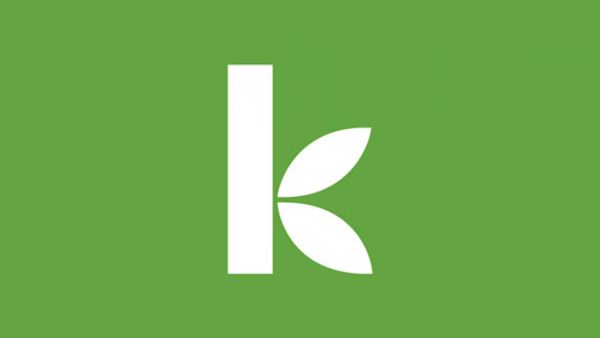Does Business Diversification Reduce Risk or Increase It?
April 17, 2009
Perhaps it depends on the context.
Now having served as a Kiva Fellow at three of Kiva’s partner microfinance institutions (MFI) in three distinct locations, I have seen a wide variety in the types of businesses Kiva lenders are funding. I have also seen many, many situations where one client has several businesses. In a recent blog post, Stephanie Koczela, a Kiva Fellow in Uganda, very articulately explained how and why microfinance clients often have a variety of businesses. As she describes, not only is this the reality, it actually makes a lot of sense and helps these clients reduce their vulnerability to bad weather, fluctuations in supply and demand, price instability in certain products, etc.
Given that microfinance clients often operate several businesses concurrently, in my first two placements it was not uncommon for me to discover that clients had not bought what they originally said they would when they requested the loan. As a Kiva Fellow, part of my job is to verify that the clients do indeed exist, have received the amount of money they were supposed to, and that they are using the loan to invest in their business as they said they would. Accordingly, when I first heard of clients not using their loans as they said they would, it bothered me a bit.
However, in talking with the clients and with the MFI staff, I quickly learned that, of course, the clients know how best to manage their businesses. Circumstances often change. Perhaps when they first requested the loan, the upcoming planting season looked promising, so fertilizer and seeds seemed like the smartest investment. But by the time the paperwork was done, the loan funded on Kiva, and the client received the money, a tropical storm led to flooding and the soil needed time to recover. So rather than sit and wait, the client turns to other skills she has. She wisely purchases thread and, as she’s waiting for the fields to dry and to see just how rainy this rainy season will be, she is able to weave and embroider beautiful blouses that she can sell for a nice return.
All of this made sense…until I arrived at ADEPHCA in Bluefields, Nicaragua. As I’ve described in previous posts, Bluefields is a unique place and microfinance faces unique challenges here. Because there is so little industry, clients are generally quite limited in terms of kinds of businesses they can operate. I recently visited a prospective client with ADEPHCA’s loan officer, Guillermo, to see her business and talk about a loan for her. She has a very small store in the front of her home, with a very meager supply of basic daily consumption items such as rice, beans, and toilet paper. As soon as we arrived she launched into a very animated and enthusiastic explanation of her desire to start buying used clothing and selling it from her open front porch. Guillermo promptly explained that ADEPHCA only makes loans for clients to invest in established businesses that they have had for a minimum of one year.
ADEPHCA does not view having a variety of businesses as a positive thing. After seeing and understanding the value of having multiple businesses, I was initially confused and a little troubled by this position. But once again, I was reminded of how much I have to learn. Development is definitely not formulaic and Bluefields, Nicaragua has taught me firsthand how much specific geographic, cultural, political, and economic contexts can dramatically impact what can and cannot work. Rules of thumb that seem to apply elsewhere cannot be taken for granted here. Because nearly all industry in Bluefields is related to direct consumption (food, clothing, basic necessities such as toilet paper and soap, and maybe some basic construction materials), nearly all businesses will be affected similarly if there is a problem such as a natural disaster or an economic downturn. In other regions, having a variety of businesses might mean a small store, raising some animals, growing some crops, and selling clothing. In Bluefields, this kind of variety simply does not exist, so having multiple businesses does not necessarily lead to meaningful diversification and more reliable sources of income.
In general, I’m still a firm believer in diversification. Nevertheless, ADEPHCA certainly has some valid reasons for choosing to lend only to established businesses and encouraging clients to focus on growing the one business they have. That said, one thing that has troubled me since my arrival in Bluefields, is the big question of why there is so little industry here, and what would happen if someone made an educated, thorough, and well-funded effort to develop new industry. Would it be possible, with the right resources, to increase agricultural production in this sparsely populated region? Why don’t more people raise chickens in their backyards? Costeños pride themselves on their culture, so why aren’t there more local handicrafts? ADEPHCA is very small and simply does not have the resources to promote the development of new businesses. Nevertheless, I hope that someday, someone does invest in Bluefields a little more. I’d love to see what potential really exists here. In the meantime, I definitely have a newfound appreciation for how much context influences how microfinance works in a given place.
************
Megan Tatman Montgomery is in her final week as a Kiva Fellow at ADEPHCA in Nicaragua. Prior to ADEPHCA, Megan served as a fellow at Friendship Bridge and FAPE in Guatemala, and will soon head to Costa Rica for a fourth and final placement with EDESA.
PREVIOUS ARTICLE
How Sierra Found Her Glasses →NEXT ARTICLE
New Vietnamese Partner moving to Active Status →













